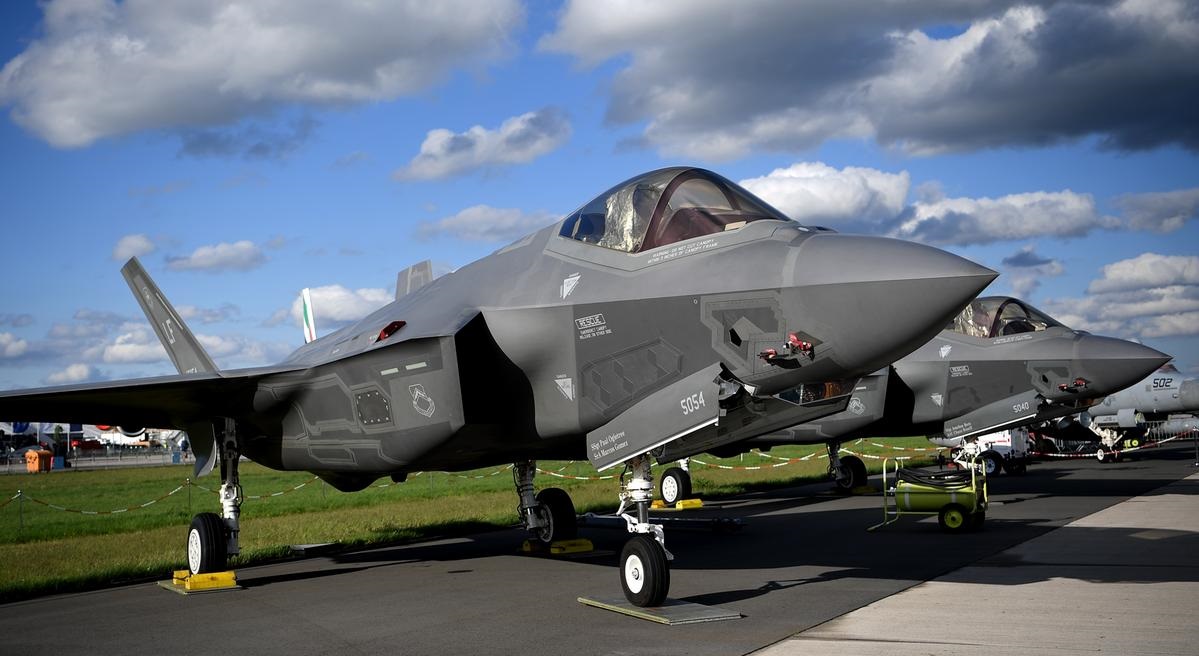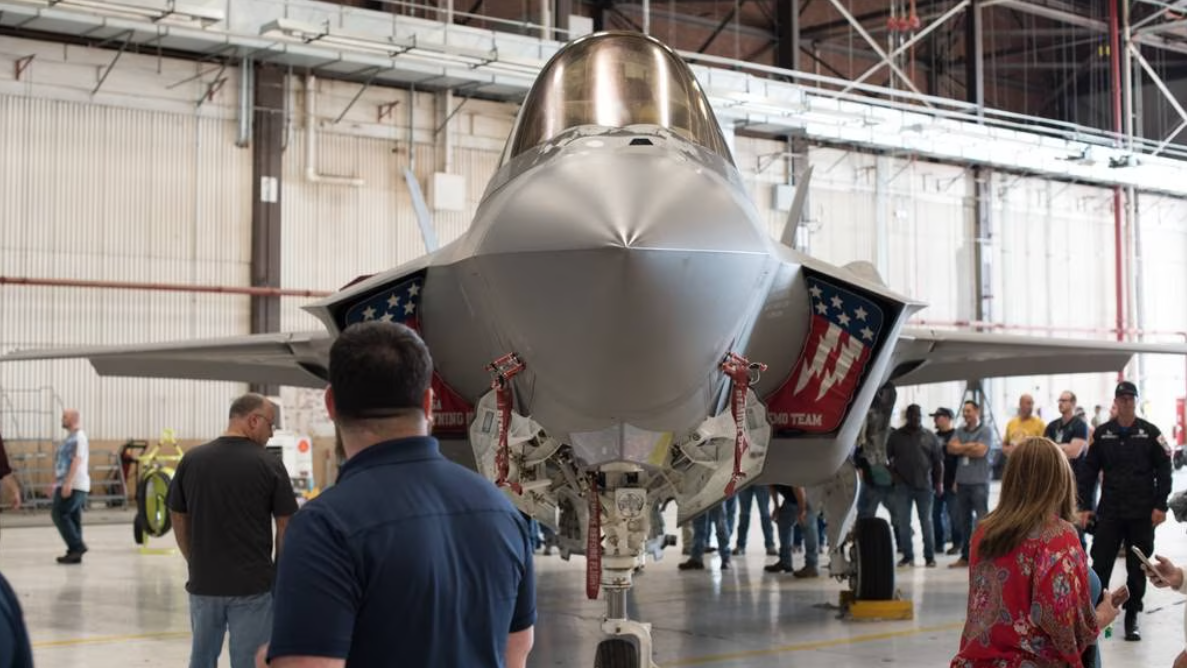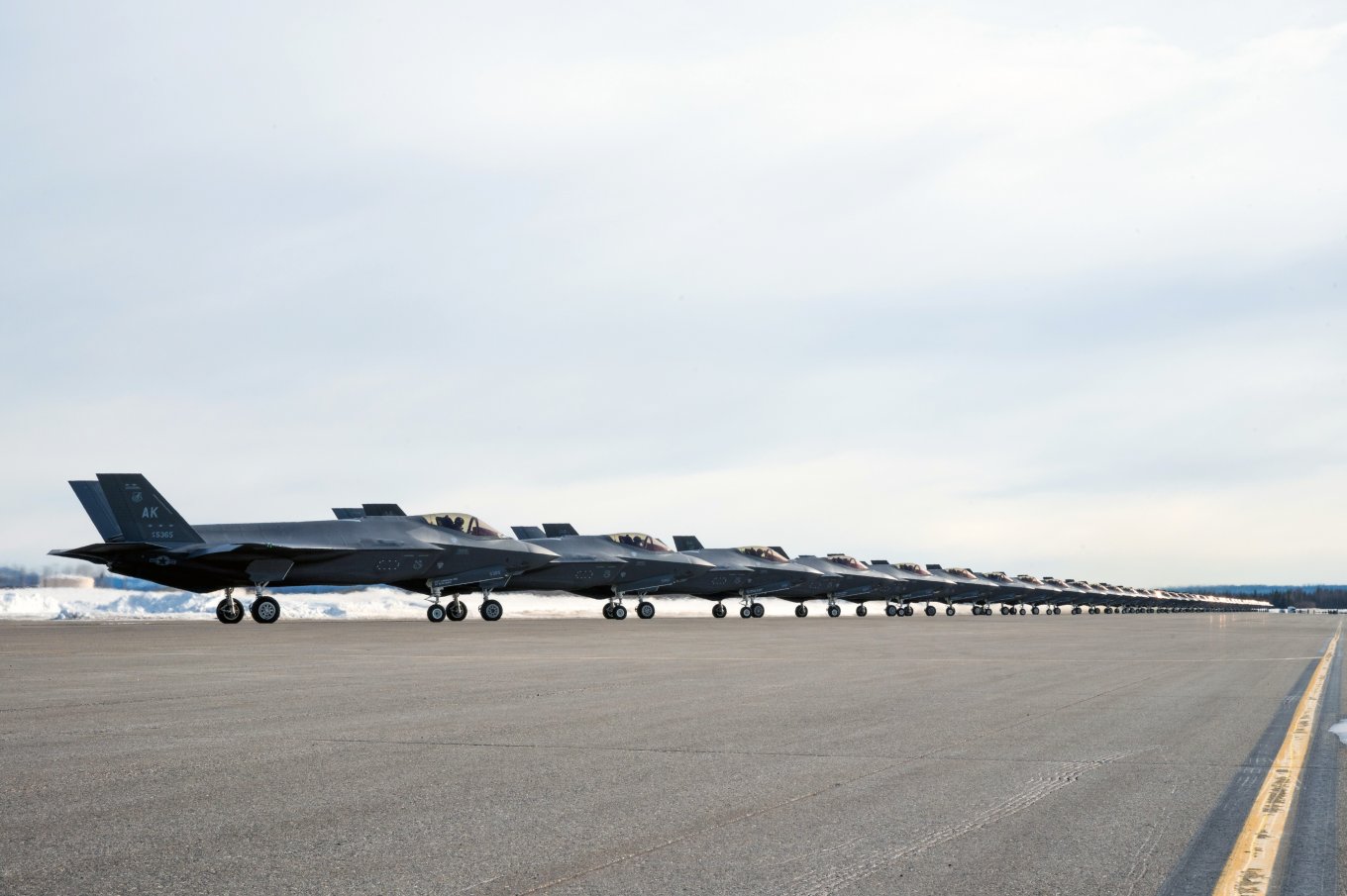Just in Time logistics concept in the supply of parts for F-35 fighter jets could spell disaster in future wars

The US military needs to reconsider the concept of supplying parts for F-35 Lightning II fighters if it wants to use the aircraft in future warfare. Lieutenant General Michael Schmidt of the US Air Force said this.
Here's What We Know
At the moment, the F-35 programme is organised according to the Just in Time (JIT) principle. This is a popular logistics concept that involves getting all components in the right quantity at the right place and just in time for production. As a result, there is virtually no inventory build-up.

In the private sector, says Schmidt, the JIT concept keeps costs low. However, in the event of a future war with a worthy adversary, this approach could spell disaster on the battlefield.
Bridget Lauderdale, vice president and general manager of the F-35 programme at Lockheed Martin, said the company is focus on trying to predict the demand cycle to know in advance when it will need parts. She said a number of components require upfront lead time, despite the availability of capacity and funding.

Michael Schmidt calls the F-35 support network "huge". It covers aircraft from 27 military bases and 10 ships. Nine countries are operating the fifth-generation fighters, and 17 nations are involved in the aircraft's development programme.
The officer says the international nature of the F-35 programme will allow the US and partners to work together and maintain their fighters more effectively. In a few years there will be 500-600 fifth-generation planes flying in Europe, of which less than 100 will be US-owned. This is a great opportunity to leverage each other's logistics and maintenance.
The F-35 programme has made significant progress in addressing the power plant deficit, which has been a "major degradation factor" reducing the availability of fifth-generation fighters. Last month only one F-35 Lightning II aircraft was without an engine. Just a year ago there were four dozen.

In 2022, the commander of the Air Force Logistics Complex in Oklahoma City said the base has changed its processes, hired more workers and bought new tools and equipment to repair F135 engines. F-35 maintenance technicians have started getting more information to assess the condition of the propulsion systems without having to remove the F135 from the aircraft.
Source: Defense News